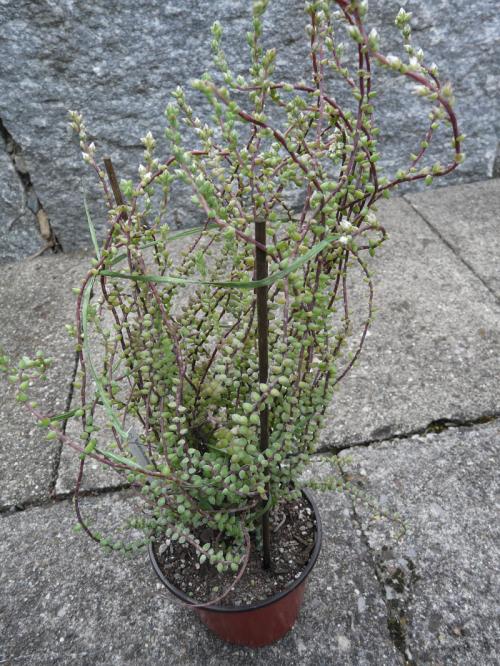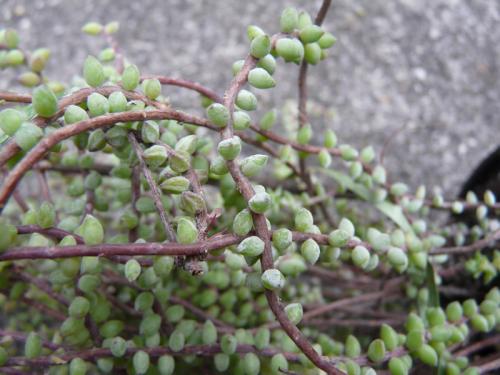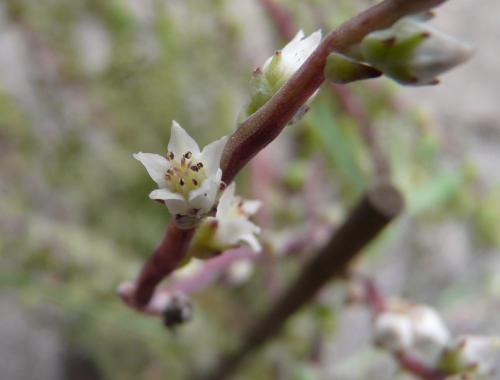ALBIFLORA (Hemsley) Rose, 1905.
Synonyms:
Cotyledon albiflora Hemsley (1878) / Altamiranoa albiflora (Hemsley) Walther (1938)
Villadia ramosissima Rose (1903) / Altamiranoa ramosissima (Rose) Walther (1938)
Distribution: Mexico (Puebla, Oaxaca)
Description (by J. Thiede in IHSP, 2003) :
Small shrublets; stems first erect but later spreading to decumbent, basally richly branched, to 40 cm, young apically farinose-glaucous, later ± reddish to red-brownish.
Leaves distant, almost horizontally porrect, ovate to somewhat oblong, almost terete, obtuse, ± 6 – 11 x 2 – 3 mm, young farinose, later green or usually at least apically or ± completely reddish-tinged.
Inflorescences usually lax spikes or thyrses, 2 – 5 cm, pedicels absent or very short.
Flowers : Sepals broadly ovate, acute or obtuse, all equal, ± 3 x 2,5 mm, pale green, apically ± reddish, somewhat farinose, corolla campanulate to ± tubular, pentagonal petals dorsally keeled, 5 – 6 mm, pure white or slightly tinged with rose, tube ± 1 mm, lobes erect, subapically somewhat aristate, ± 4 – 5 x 2,5 mm, filaments over the whole length thickish-rounded, not filiform, basally to 1 mm united with the corolla tube, anthers purplish.
Cytology : n = 15
Uhl and Moran (1999) interprete V. ramosissima as a synonym, and the holotype of V. albiflora is regarded as a specimen abnormally branching after injury (Moran, in lit.).
Purplish anthers and thickish-rounded non-filiform filaments are not known from any other species
In habitat, Tlaxiaco, Oaxaca :
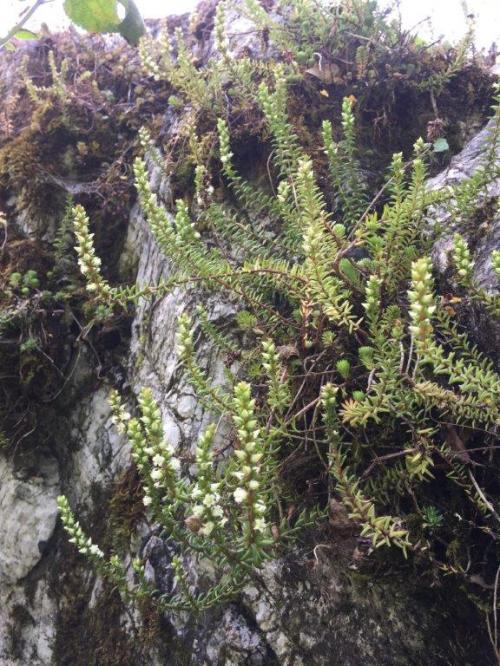

Near Mitla :
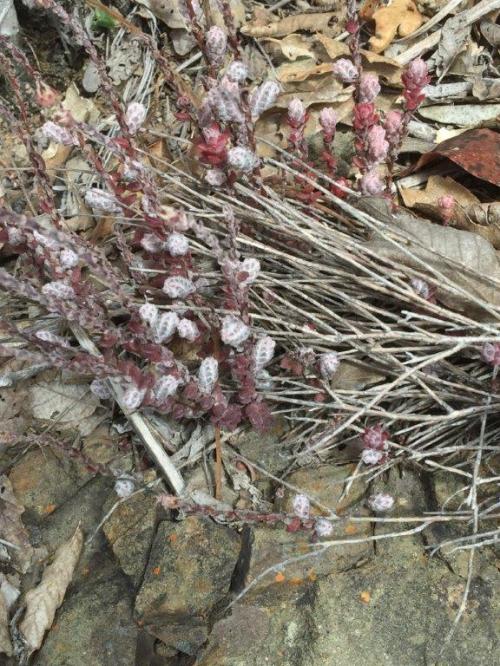
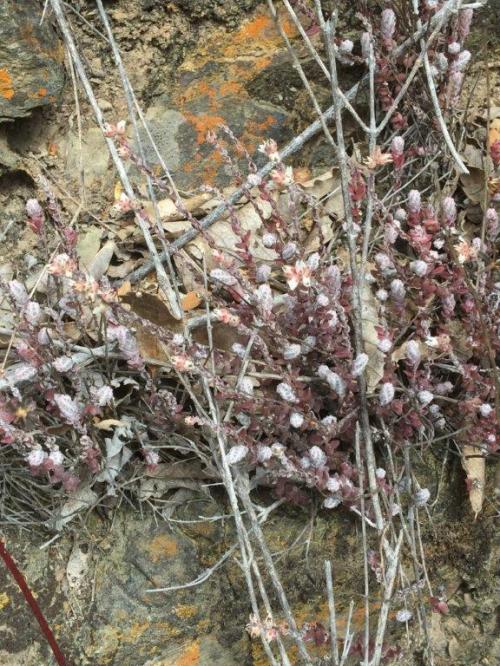
Photos Gerhard Köhres
In cultivation :
